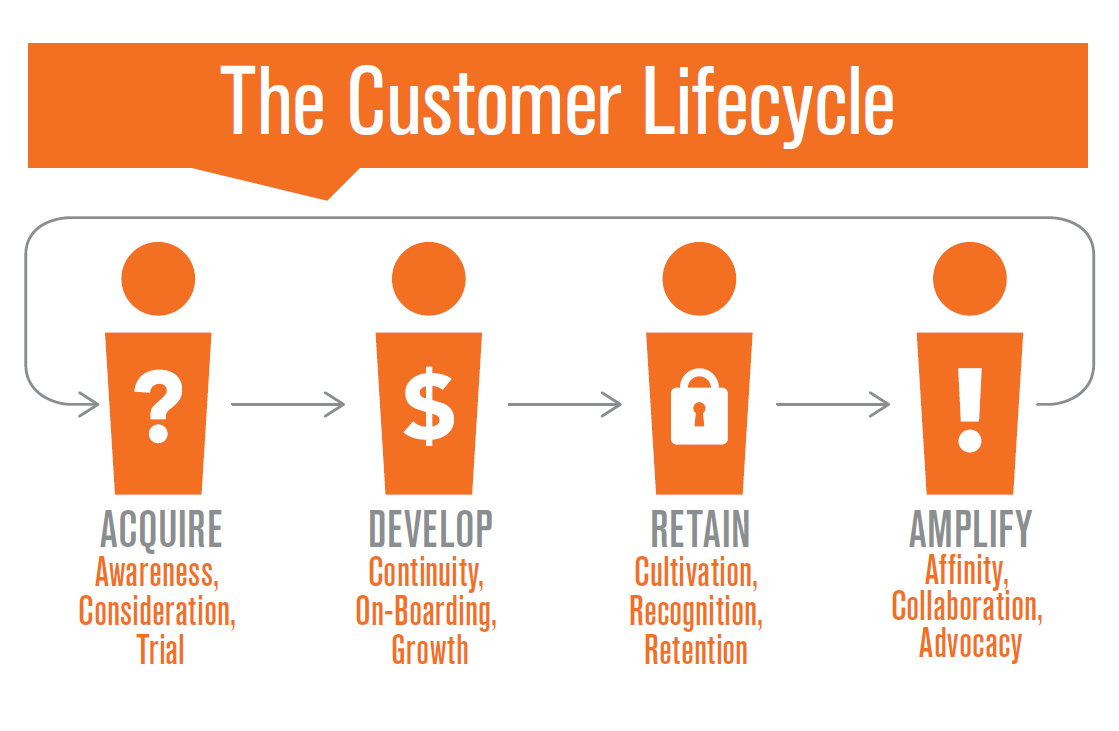Parts and service loyalty: A powerful customer retention strategy
Feb 04, 2021
Written by: Glenn Wagner, VP Account Development, Customer Engagement, BI WORLDWIDE
(View Author Bio)
In many cases, parts and service programs have more of an effect on repeat purchase and overall customer lifetime value than the original purchase itself. Learn what makes them so effective and how to use them to build long-term customer loyalty.
Scroll Down
We are all familiar with the term parts and service. For most Original Equipment Manufacturers (OEMs), parts and service represents an important, high margin revenue stream after the sale. However, many OEMs tend to focus on metrics like inventory carrying costs, increasing service revenue and a whole host of supply chain related KPIs. While the supply chain is important, it is equally important to focus on customer loyalty throughout your parts and service programs. It may be surprising, but in many cases parts and service programs have more of an effect on repeat purchase and overall customer lifetime value than the original purchase itself.
So why do these programs have such a big impact on customer relationships? When you look at the customer lifecycle, it becomes clear.

These programs are critically important because they play a major role in every phase of the customer lifecycle. This is especially true during the development, retention and amplification stages but it’s also present in acquisition efforts.
There are many challenges to driving customer engagement and long-term customer loyalty when running a parts and service program. The biggest challenge is about the quality or availability of data. Some OEMs have different approaches for different size customers. Some larger customers may buy direct while others may buy from distributors. In B2B situations, almost everyone is data apologetic about something. In some cases, the channel is so complex, OEMs often don’t even know their end customers, often referred to as “blind distribution”.
We work with a decades old manufacturer who faced their blind distribution challenge head on. In less than three years, we were able to help them identify and establish relationships with over 65% of their entire customer base. Many times, we have been successful at approaching large distributors directly with the OEMs to develop parts and service customer loyalty programs that serve both interests equally. In other cases, we have had to fly the proverbial “Swiss flag” between OEMs and their distributors and dealer networks to get access to the data needed.
Once you have data, you can begin to improve these programs by focusing on lifetime customer value. Most OEMs segment their customers by volume or revenue after the sale. Volume is important but you also need to understand share of wallet. Some customers may be purchasing after market or gray market parts from other sources. Some customers may be receiving service from third parties. Understanding wallet share is key to driving successful parts and service programs. At BI WORLDWIDE, we have pioneered many different methods to determine share of wallet. Sometimes all it takes is some simple math to determine how much wallet share you currently have. Another method is to reward your customers to fill out a survey to acquire more profile information.
Another critical reoccurring factor in successful parts and service programs is moving beyond transactional interactions. Driving behavior that focuses on activities that build long term relationship-based loyalty is the next step. Rewarding customers for learning about additional offerings or educating them on new ways to improve their business goes a long way towards building customer loyalty. Depending on the situation there could be many additional activities that could be addressed. Some examples would be customer anniversaries, feedback on products and third party offers. It’s these types of activities that can increase share of wallet and build long term loyalty toward your customer’s future purchases.
As you explore different customer retention strategies, it’s important to consider how a parts and service program can help. Understanding these common challenges and best practices will help you get started or improve a program you already have in place.
The best way to get started is to get in touch.


















